Rhinoceroses, often portrayed as solitary, aggressive behemoths, have long captivated the scientific community with their complex behaviors and social structures. Despite decades of research, these prehistoric-looking mammals continue to reveal surprising aspects of their lives that challenge our understanding. From sophisticated communication methods to unexpected displays of intelligence, rhinos consistently demonstrate behaviors that researchers find both fascinating and perplexing. This article explores fifteen remarkable rhinoceros behaviors that have surprised even the most seasoned researchers, offering insights into the hidden lives of these endangered giants and highlighting the importance of continued conservation efforts to protect these magnificent creatures.
15. Sophisticated Acoustic Communication

Contrary to their reputation as solitary, silent creatures, rhinoceroses possess a complex acoustic communication system that has astounded researchers. Studies have documented that rhinos produce over 10 distinct vocalizations, including subtle rumbles that travel over long distances through both air and ground. These infrasonic communications, often below human hearing range, allow rhinos to maintain social connections across vast territories. Particularly surprising is the discovery that mother rhinos use specific “contact calls” that their calves can recognize from up to a mile away, demonstrating a sophisticated parent-offspring communication system that helps maintain family bonds despite their seemingly solitary nature. This complex vocal repertoire suggests rhinos have much more nuanced social structures than previously understood.
14. Unexpected Social Bonding

Despite being characterized as solitary animals, researchers have been surprised to discover that rhinos form meaningful social bonds that can last for years. White rhinos, particularly females, have been observed forming small groups called “crashes” that demonstrate remarkable social cohesion. In long-term studies at Hluhluwe-iMfolozi Park in South Africa, researchers documented females maintaining friendships for up to five years, engaging in mutual grooming, synchronized resting, and coordinated defense against predators. Even more solitary species like the black rhino will occasionally seek out companions during non-breeding periods. These observations challenge the long-held belief that rhinos are fundamentally antisocial and suggest that their social structures are far more complex than previously understood, more closely resembling elephant social dynamics than the solitary existence they were once thought to lead.
13. Ritualized Territorial Marking

The complexity of rhino territorial marking has surprised researchers with its ritualistic precision and informational content. Rhinos create elaborate communal dung piles called “middens” that serve as information centers within their habitat. What has particularly astonished scientists is the deliberate, almost ceremonial way rhinos approach these middens. They first smell the existing dung, then carefully defecate, and afterward systematically scrape and scatter their dung with their hind feet in a specific pattern. This behavior, documented extensively in all five rhino species, creates a “smell map” that contains information about the individual’s age, sex, reproductive status, and even emotional state. Recent studies using hormonal analysis have shown that these chemical signals are so detailed that other rhinos can determine if a female is receptive to mating or if a male is in musth (a heightened hormonal state) simply by investigating these middens, demonstrating a sophisticated chemical communication system that rivals many other mammals.
12. Unexpected Intelligence and Problem-Solving

Rhinos have demonstrated surprising cognitive abilities that challenge their reputation as dim-witted creatures. Researchers at several wildlife sanctuaries have documented rhinos solving complex puzzles to access food, learning to open gate latches, and even responding to verbal commands. One particularly notable case involved a captive black rhino named Melly at the Great Plains Zoo who learned to slide blocks to retrieve food and could recognize patterns in enrichment activities. Field researchers have also observed wild rhinos creating pathways through difficult terrain that they use repeatedly, suggesting spatial memory and planning. Perhaps most impressive is their ability to locate water during droughts by digging wells up to three feet deep in dry riverbeds—an example of tool use previously unexpected in rhinoceros species. These observations suggest that rhino intelligence has been significantly underestimated, with cognitive abilities more comparable to elephants than previously believed.
11. Surprising Nocturnal Activity Patterns
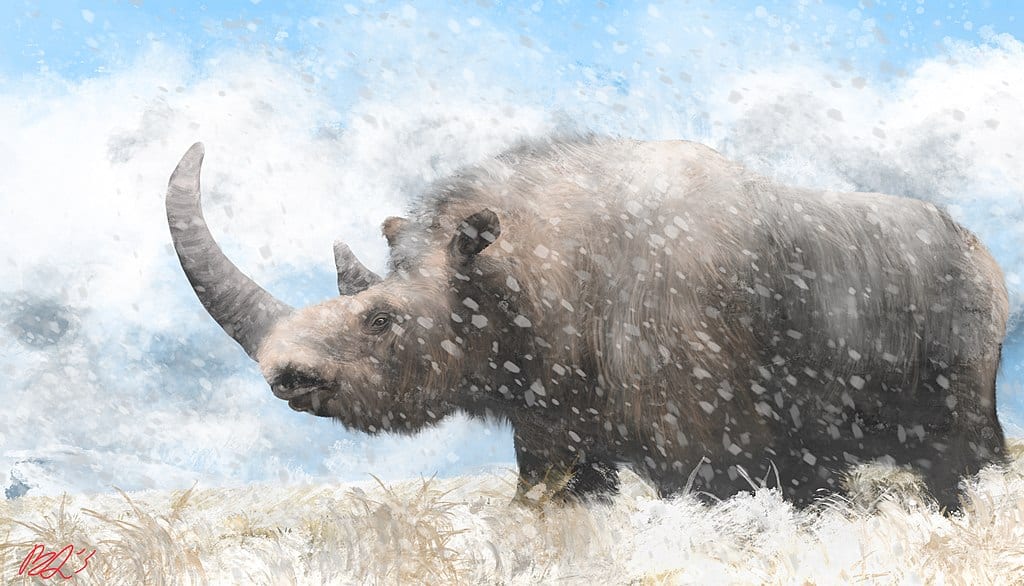
Advanced tracking technology has revealed that rhinos display much more complex activity patterns than previously thought, with surprising nocturnal behaviors that have challenged existing knowledge. While traditionally considered diurnal or crepuscular animals, GPS collar data from multiple studies has shown that rhinos often become highly active during the midnight to 3 AM period, particularly during full moons. This “midnight rush” behavior appears to be strategic, allowing rhinos to travel long distances, visit waterholes, and engage in social interactions during cooler hours with good visibility while minimizing human encounters. In Zimbabwe’s Mana Pools National Park, researchers documented black rhinos traveling up to 10 miles during these nocturnal excursions—significantly farther than their daytime movements. Even more surprising, different rhino populations exhibit distinct regional variations in these patterns, suggesting cultural learning rather than purely instinctual behavior. This flexibility in activity patterns demonstrates a remarkable adaptive capacity that helps rhinos respond to changing environmental conditions and human pressures.
10. Complex Mother-Calf Relationships
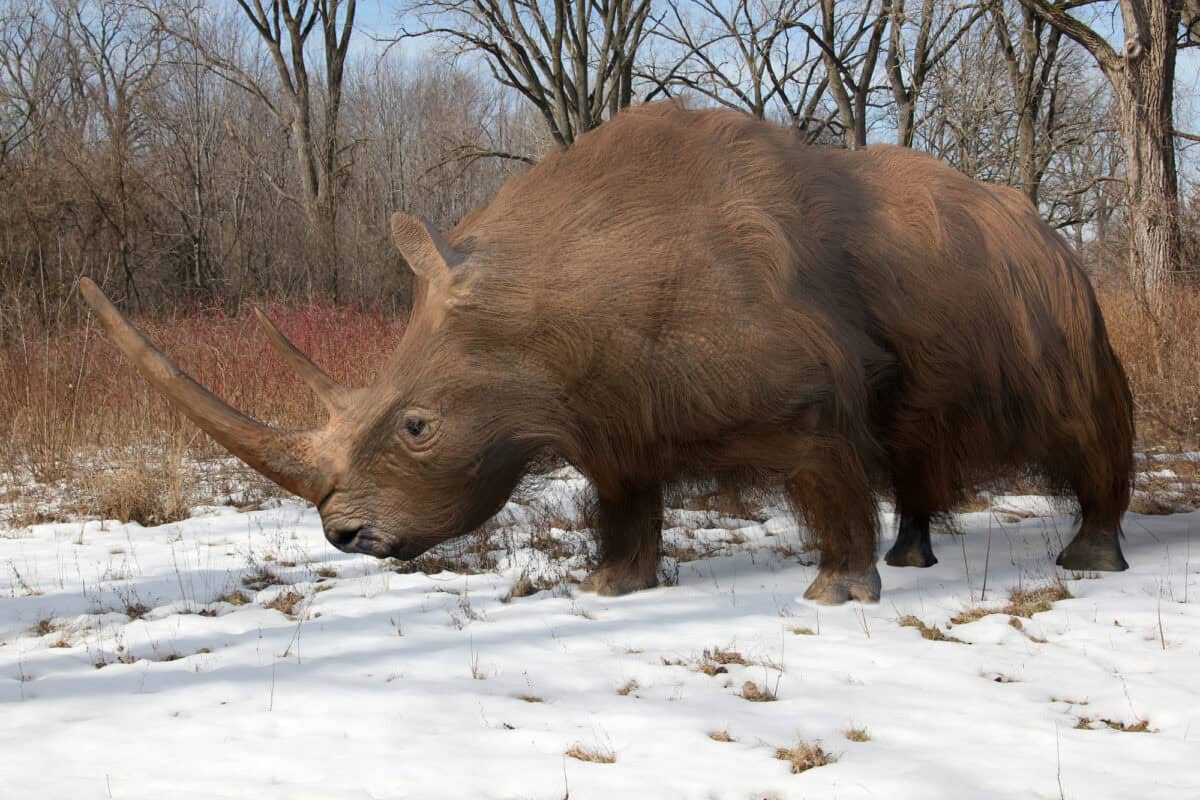
The depth and sophistication of the mother-calf bond in rhinoceroses has consistently surprised researchers studying these endangered mammals. Female rhinos invest extraordinary resources in their offspring, with nursing periods lasting up to two years and mother-calf pairs remaining together for 3-4 years—much longer than necessary for basic survival. What has particularly amazed scientists is the deliberate teaching behavior exhibited by mother rhinos. They systematically introduce calves to safe water sources, appropriate food plants, and mineral licks, often demonstrating behaviors before the calf attempts them. Researchers at Lewa Wildlife Conservancy documented mother black rhinos creating “practice scenarios” where calves could practice defensive behaviors in safe settings. Additionally, thermal imaging studies have revealed that during danger, mothers position themselves between threats and their calves with remarkable precision, creating what researchers call a “living shield.” Perhaps most touching is the discovery that when separated briefly, both mother and calf produce distinct vocalization patterns that match in frequency and tempo, essentially creating a unique “family song” that helps them reunite—evidence of remarkable cognitive and emotional sophistication.
9. Surprising Swimming Abilities

Despite their massive weight (up to 5,000 pounds) and seemingly cumbersome build, rhinoceroses have displayed swimming abilities that have astonished researchers. All five rhino species have been documented swimming across rivers and even lakes with remarkable dexterity. The greater one-horned rhinos of Nepal and India are particularly adept swimmers, capable of crossing deep rivers and spending up to 8 hours partially submerged during hot weather. What has most surprised scientists is the discovery that rhinos can swim in ocean waters. In 2008, researchers documented a black rhinoceros swimming more than 2 miles across a bay in Tanzania, maintaining a steady pace of about 3 mph. Even more impressive, rhinos can regulate their buoyancy by controlling their breathing, allowing them to float higher or lower in the water as needed. Their swimming technique involves a surprising “bouncing” motion where they push off from the bottom in shallower waters, transitioning to a smooth, powerful stroke in deeper sections. These abilities suggest an evolutionary history that may have included more aquatic environments than previously understood and demonstrates remarkable adaptability in these seemingly terrestrial giants.
8. Mutualistic Relationships with Birds

Researchers have been fascinated by the sophisticated mutualistic relationships that have evolved between rhinoceroses and certain bird species, particularly oxpeckers and egrets. While these relationships were once thought to be simple cases of birds removing parasites for food, recent studies have revealed surprising complexity and benefits that extend far beyond basic parasite removal. Oxpeckers (Buphagus species) serve as a remarkably effective early warning system for rhinos, producing distinct alarm calls that alert rhinos to human approach from distances exceeding 400 yards—significantly farther than rhinos’ own sensory abilities can detect threats. Using controlled experiments, researchers at Hluhluwe-iMfolozi Park documented that rhinos with oxpeckers detected approaching humans 91% of the time, compared to just 23% for rhinos without birds. Even more surprising, these birds appear to selectively warn rhinos about humans but not other wildlife, suggesting contextual understanding of different threats. The relationship has additional dimensions, with birds consuming not just ticks but also cleaning wounds and removing diseased tissue, potentially preventing infections. Some rhinos have been observed actively soliciting birds by standing in specific postures that allow better access to parasites—demonstrating that this relationship involves active cooperation rather than passive tolerance.
7. Seasonal Adaptations and Microclimate Selection

Rhinoceroses have displayed remarkable abilities to adapt to seasonal changes through sophisticated habitat selection that has surprised researchers studying their movement patterns. Using thermal imaging and GPS collar data, scientists have discovered that rhinos actively seek out and create microclimates that help them maintain optimal body temperature despite their massive size. During extreme heat, white rhinos in Kruger National Park have been observed digging depressions in sand beneath specific shade trees that are 7-9°F cooler than ambient temperatures. These “cooling pits” are repeatedly used and even shared among different rhinos, suggesting a form of environmental modification previously unrecognized. In cold weather, particularly surprising is their ability to locate natural hot springs and mud pools with thermal properties, which they visit with increased frequency during winter months. Black rhinos in Namibia make seasonal vertical migrations of up to 3,000 feet in elevation to access different food resources and temperature zones—a behavior that demonstrates remarkable ecological knowledge. Most astonishingly, researchers have documented that during droughts, certain rhino populations alter their activity patterns to become more nocturnal and travel directly to underground water sources that show no surface indication of water presence, suggesting either exceptional sensory capabilities or memorized knowledge of landscape hydrology passed between generations.
6. Sophisticated Olfactory Communication
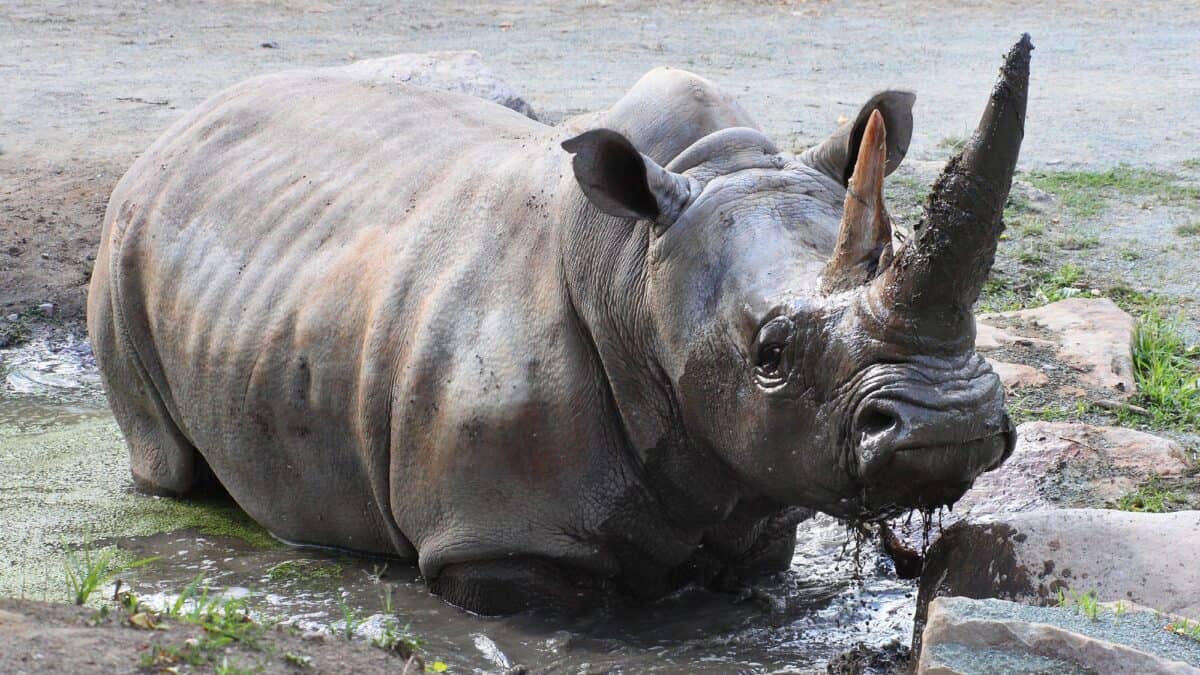
The complexity of rhinoceros olfactory communication has repeatedly surprised researchers who study these endangered mammals. Recent studies using gas chromatography have identified over 70 distinct chemical compounds in rhino urine and dung that convey specific information. What has particularly astonished scientists is the discovery that rhinos can detect and respond to these chemical signals in concentrations as low as a few parts per billion—a sensitivity that rivals specialized scent detection animals like dogs. Field experiments have demonstrated that rhinos can distinguish between the scents of known and unknown individuals, respond differently to the urine of females in varying reproductive states, and even detect the emotional condition of other rhinos through stress hormones present in excretions. Perhaps most surprising is the discovery of “composite messaging” where rhinos deliberately combine different scent sources—urine, dung, and glandular secretions—in specific sequences to create more complex communications, similar to forming sentences. This sophisticated chemical “language” allows rhinos to maintain complex social networks despite minimal visual contact, challenging earlier assumptions about their cognitive abilities and social complexity.
5. Unexpected Dietary Flexibility
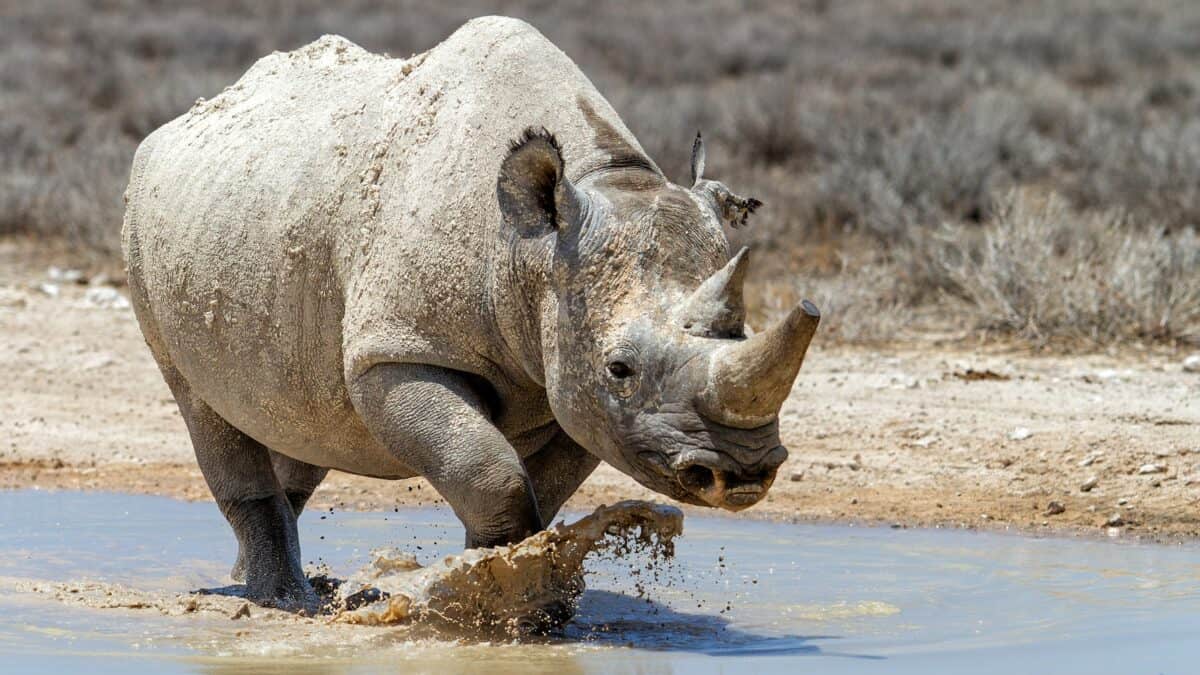
Contrary to their categorization as strict browsers or grazers, rhinoceroses have demonstrated surprising dietary flexibility that has challenged conventional understanding of their feeding ecology. While white rhinos were long classified as pure grazers and black rhinos as browsers, detailed field studies using DNA metabarcoding of fecal samples have revealed that rhinos regularly consume over 200 plant species—far more than previously documented. What has particularly surprised researchers is the discovery that during resource-limited periods, all rhino species can dramatically shift their diets, with white rhinos consuming up to 30% browse vegetation and black rhinos incorporating up to 25% grasses when necessary. Even more unexpected was the documentation of black rhinos in Zimbabwe’s Zambezi Valley consuming animal protein by deliberately chewing on bones for calcium and phosphorus during pregnancy—a behavior previously unknown in rhinoceros species. Additionally, studies at multiple locations have recorded rhinos seeking out specific plants with medicinal properties when suffering from parasitic infections or digestive issues, suggesting a form of self-medication. This remarkable dietary adaptability has forced scientists to reconsider rhino evolutionary history and may help explain how these megaherbivores have survived major climatic shifts over millions of years, demonstrating an ecological flexibility that could prove crucial for their conservation in changing environments.
4. Play Behavior and Object Manipulation

The extent and complexity of play behavior in adult rhinoceroses has consistently surprised researchers, challenging the notion that play is primarily confined to juvenile mammals. Long-term observational studies in both wild and protected populations have documented adult rhinos engaging in elaborate play sessions that include object manipulation, locomotor play, and social interactions that appear to have no immediate survival benefit. White rhinos have been observed repeatedly rolling and tossing objects like branches and rocks in what appears to be purely exploratory or recreational behavior, sometimes continuing these activities for over an hour. Particularly unexpected has been the documentation of adult male rhinos, even those past breeding age, initiating play with conspecifics through specific body postures and vocalizations that signal non-aggressive intent. In Greater one-horned rhinos, researchers at Kaziranga National Park recorded instances of rhinos creating and using mud “toys”—balls of mud that they would push, toss, and retrieve repeatedly. The persistence of complex play behaviors throughout the rhino lifespan suggests these activities serve important cognitive and social functions beyond juvenile development, possibly including stress reduction, social bonding, and cognitive maintenance. This discovery aligns rhinoceros behavior more closely with highly intelligent mammals like elephants and primates than previously recognized.
3. Strategic Response to Predators

The sophistication of rhinoceros anti-predator strategies has repeatedly surprised researchers studying these seemingly invulnerable megaherbivores. While adult rhinos have few natural predators, their responses to threats reveal complex decision-making rather than simple flight or fight reactions. Studies using simulated predator encounters have shown that rhinos can differentiate between various threat types and calibrate their responses accordingly. When confronted with lions, rhinos typically stand their ground or make short charges, but when encountering human threats (particularly potential poachers), they employ more sophisticated evasion tactics, including downwind retreats that minimize sound. Particularly surprising is the discovery that rhinos practice what researchers call “preventative vigilance”—deliberately positioning themselves in habitats that maximize visibility in directions of likely threat approach while minimizing their own visibility. Female rhinos with calves demonstrate even more complex protective behaviors, including creating defensive formations where multiple adult females will surround calves during rest periods, rotating vigilance duties in what appears to be coordinated security. Perhaps most unexpected has been the documentation of rhinos in high-poaching areas becoming almost entirely nocturnal and avoiding traditional paths and waterholes when human scent is detected—a rapid behavioral adaptation that demonstrates considerable cognitive flexibility and learning capacity in response to anthropogenic threats.
2. Remarkable Memory and Navigation

Rhinoceroses have demonstrated memory and navigational abilities that have consistently surprised researchers studying their movement patterns and spatial cognition. Using GPS tracking and GIS mapping over multi-year periods, scientists have documented that rhinos maintain mental maps of their environments with extraordinary precision. Black rhinos in Namibia’s arid regions regularly navigate directly to small, hidden water sources across distances exceeding 30 miles, even when these sources are not visible and have no obvious game trails leading to them. What’s particularly astonishing is their ability to remember seasonal resources—rhinos will return precisely to fruiting trees or temporary mineral deposits that are only available for short periods each year, sometimes revisiting these locations after 11-12 months without any intervening visits. In one remarkable case at Lewa Wildlife Conservancy, researchers documented a female rhino returning to an area where she had been tranquilized three years earlier, displaying clear stress behaviors and avoidance—suggesting detailed long-term memory of negative experiences tied to specific locations. Even more surprising is their ability to create and remember detours around obstacles; when fences are erected, rhinos develop alternative routes that optimize efficiency rather than simply following barriers. These sophisticated cognitive mapping abilities exceed what would be predicted by brain size alone and suggest that spatial memory and navigation may be specialized adaptations in rhinoceros evolution, challenging our understanding of cognitive specialization in mammals.
1. Empathetic Behavior and Altruism
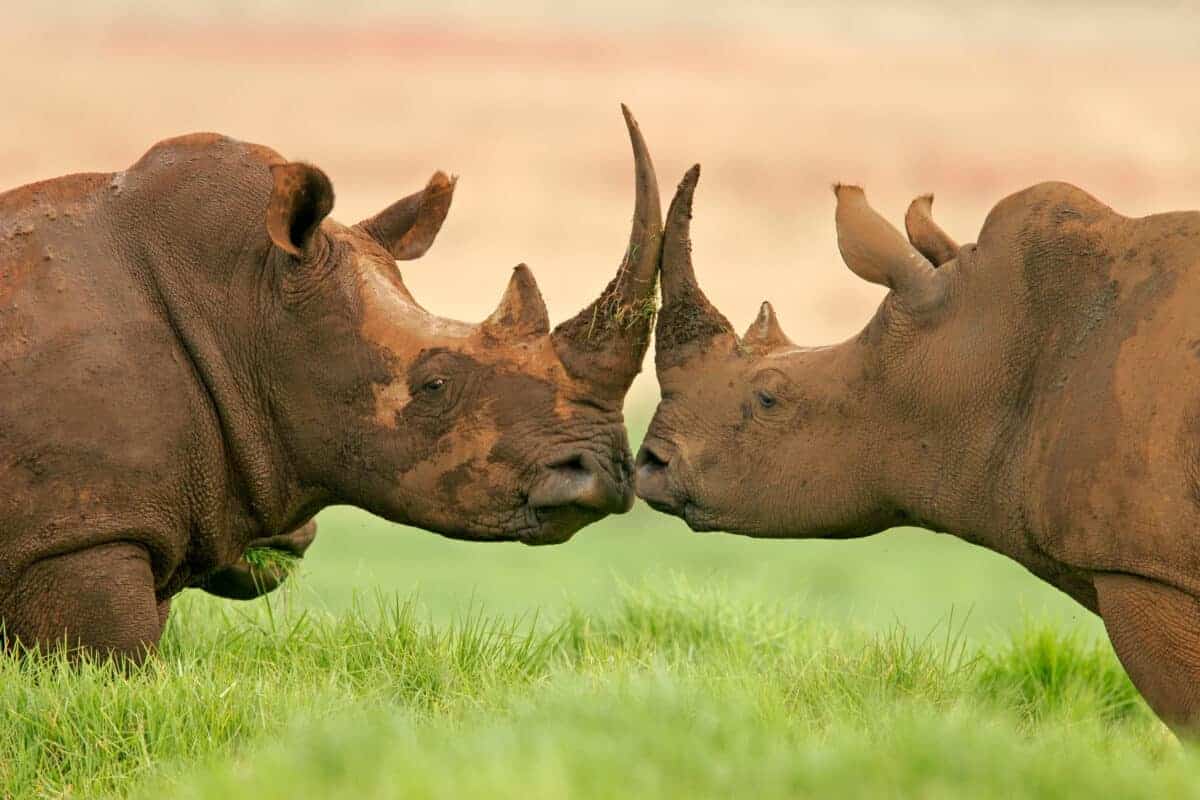
Perhaps the most surprising rhino behaviors documented by researchers involve apparent empathy and altruism that challenge traditional views of rhinoceros social capacity. Multiple field studies have recorded instances of rhinoceroses providing assistance to injured or vulnerable conspecifics with no obvious reproductive or survival benefit to themselves. In one well-documented case in Kruger National Park, researchers observed an adult female white rhino returning repeatedly to check on another female who had been injured by a bull elephant, bringing water-rich vegetation to the injured individual and standing guard during vulnerable rest periods. Similarly surprising are observations of non-relate
Conclusion
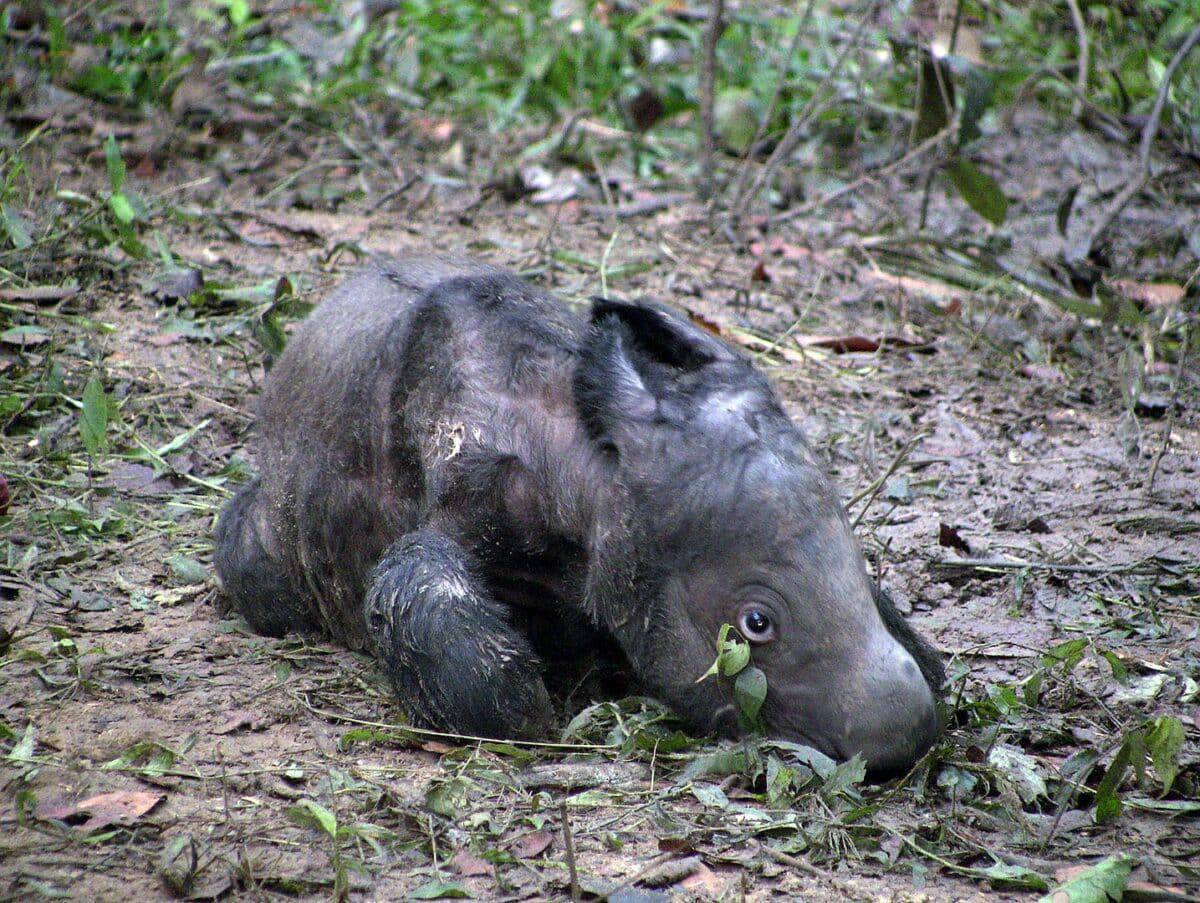
These surprising behaviors reveal that rhinos are far more intelligent, social, and adaptable than once believed. As we learn more about their hidden lives, it becomes clear that protecting them isn’t just about saving a species—it’s about preserving a complex and remarkable part of our natural world. Continued research and conservation are key to ensuring their survival for future generations.
- The Hottest Temperature Ever Recorded in the US Desert - August 9, 2025
- 14 Myths About Horses (Busted by Experts) - August 9, 2025
- Why Orcas Are Outwitting Great White Sharks Near the California Coast - August 9, 2025

